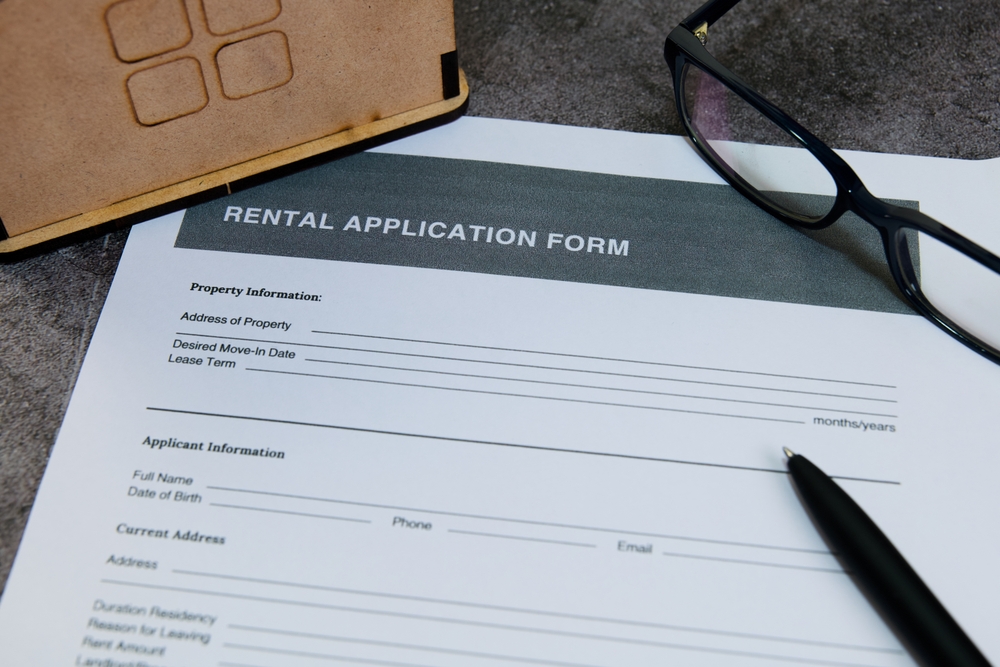
This guide walks through five signs that could indicate mold is present in your rental, along with tips for addressing the problem before it escalates.
Mold can spread quickly in damp or humid environments. While not every type of mold is toxic, all mold should be removed to maintain a safe and habitable living space. In fact, landlords are typically obligated under the implied warranty of habitability to maintain a mold-free environment.
Early detection makes removal more manageable and less expensive, and helps prevent tenant health complaints, potential lawsuits, and damage to your property’s reputation.
One of the most obvious signs of mold is the appearance of dark or discolored spots, especially in damp areas. Focus inspections on spaces like:
Pay close attention to porous materials—such as drywall, carpeting, and ceiling tiles—as these are common hosts for mold growth after water exposure. Mold can also grow behind wallpaper and inside walls if leaks go unnoticed.
Even when mold isn’t visible, it may be present behind walls or under flooring. A persistent musty smell is often the first indication that there’s mold growing somewhere out of sight.
If tenants report unexplained odors, investigate areas that are less frequently accessed, including:
Keep in mind that air fresheners and cleaning products can mask odors temporarily, so it’s important to rely on a thorough inspection when odors are reported.
Health complaints from tenants should never be ignored—especially when they include symptoms such as:
While these symptoms can result from other allergens, mold exposure is a well-documented trigger, especially for those with asthma, allergies, or compromised immune systems. If multiple tenants in a building report similar issues, it may be time to investigate for mold more deeply.
Moisture is the key ingredient for mold growth. If your property has a history of leaks or flooding, even if the area appears dry now, mold could still be present. Common red flags include:
Encourage tenants to report any signs of leaks immediately. Routine inspections of plumbing, roofing, and HVAC systems can also help you catch water problems early.
Mold spores can travel through a building’s HVAC system, making it harder to identify the source and more difficult to contain. Signs of HVAC-related mold problems may include:
Because mold in HVAC systems can circulate spores throughout the property, it’s especially important to inspect and clean ductwork regularly and to address any signs of moisture accumulation.
While DIY solutions may seem cost-effective, mold removal is best left to professionals to ensure full remediation and legal compliance.
Conclusion: Protecting Health and Property Value
Mold is more than just a nuisance—it can compromise your investment and create serious health risks for tenants. Detecting mold early and responding swiftly is part of responsible property management.
If managing these responsibilities feels overwhelming, Gordon James Realty offers expert property management services that include routine inspections, maintenance coordination, and issue resolution. Learn more about our residential management services here or contact us today to discuss how we can support your rental property success.

Transform your home into a smart haven with easy-to-follow tips. Enhance convenience, save costs, and boost property value. Learn more now!

Discover essential tips for drafting leases, clarifying security deposit policies, defining responsibilities, and navigating evictions
We're proud to make partnering with us easy. Contact our team to connect with one of our industry experts and get started today.